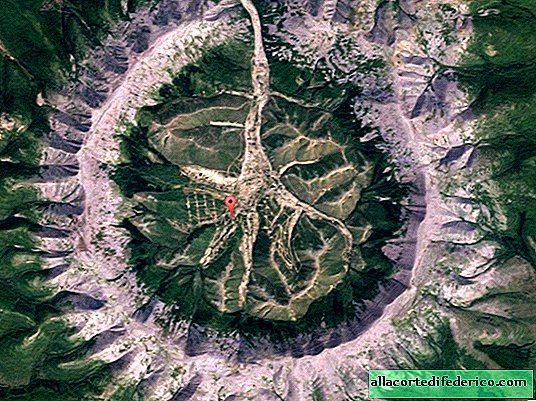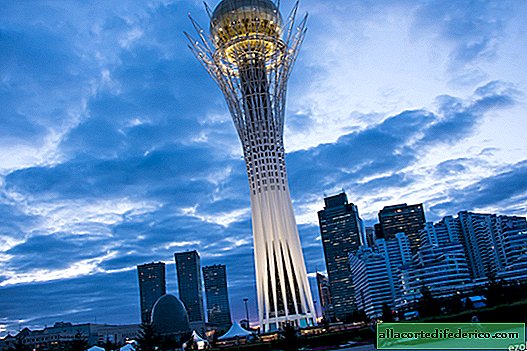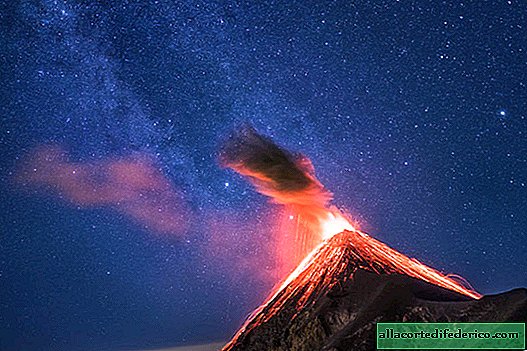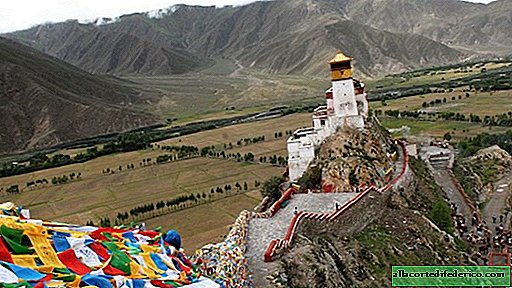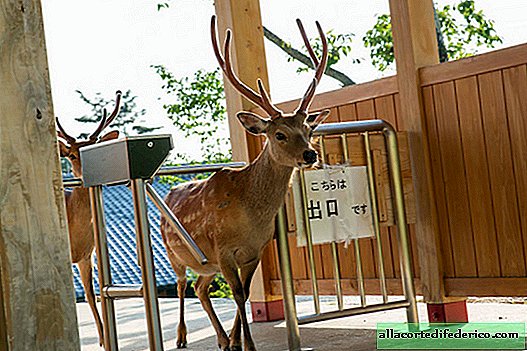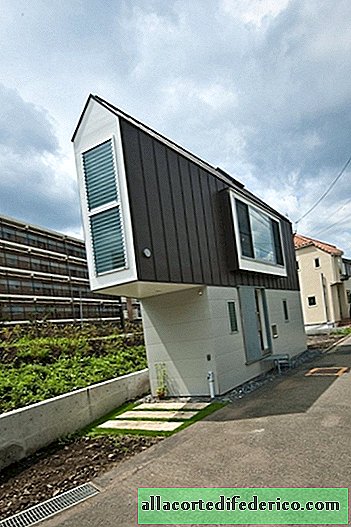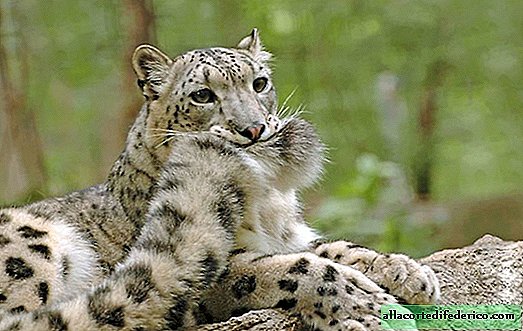How continents arose on Earth
Today there are seven continents on Earth (if Europe and Asia, as well as South and North America are considered as separate continents). But this was far from always the case, in the process of formation, our planet changed from inside to outside, and continental plates floated across the oceans, like autumn leaves in a pool of water. How did we come to the modern world map? Scientists will tell us about this.
One of a kind
Researchers from Germany and Switzerland have used computer simulations to analyze how plate tectonics have changed over the past three billion years. The model showed how these changes contributed to the formation and destruction of continents, how modern continents, oceans and the atmosphere developed.
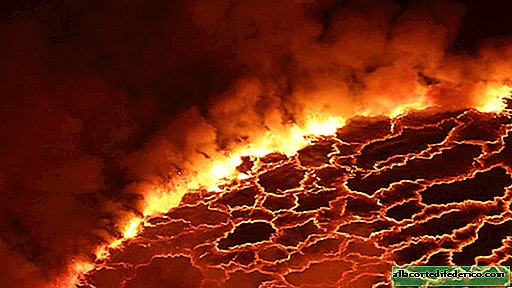
Earth formed about four and a half billion years ago. At some point (perhaps there were even several such moments), the globe mainly consisted of molten rock. When it cooled, hard rocks and crust formed. In general, there are two types of Earth's crust on Earth: the lighter continental, rich in silicon, which is the land, and the denser oceanic in those places where water is collected in the form of large oceans. It is these properties that make the Earth inhabited, and more than anywhere else in the Universe people have not found anything like it (let's hope so far).
Despite the fact that the young Earth had continents and oceans, initially, perhaps, there were no tectonic plates and, consequently, their movements. The question when they arose is very controversial. The crust slowly took its current shape: in some places, plates enter the mantle, in others new plates form from hot magma, which rises from the center of the Earth.
Silicon continents
In addition, new studies confirm that the earliest continental crust of the Earth, rich in iron and magnesium, was destroyed about two to three billion years ago, and from it formed the current continental crust - richer in silicon.

On young Earth, continents are constantly changing. This is happening today, but much more slowly and differently. On the old, still hot Earth, thin layers of continents literally exfoliated from the earth's crust, while today new fragments of the continental crust break off in collision zones, that is, where one continental plate moves under another.
Researchers suggest that the destruction of the early continental crust, rich in magnesium, is crucial for the formation of silicon-rich continents, which is why these continents were able to rise more above sea level. Today, the future of the world depends on the development of Silicon Valley. And billions of years ago, our very life appeared thanks to silicon continents.


